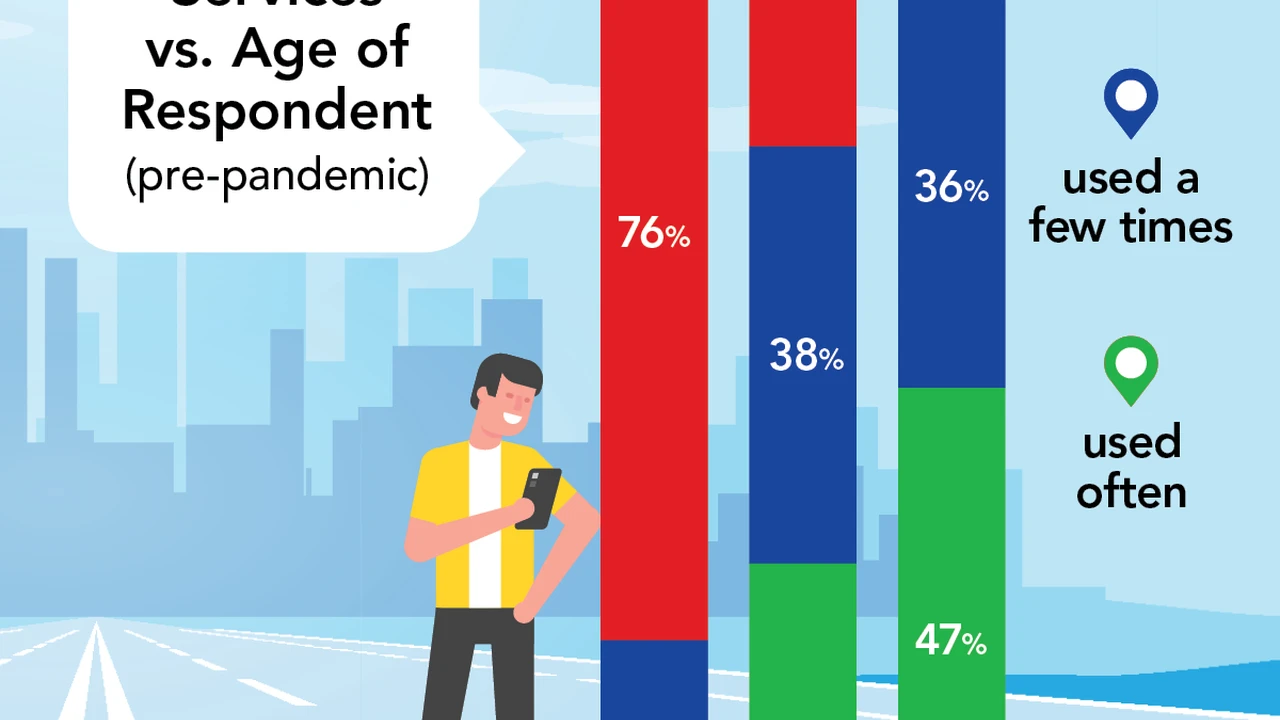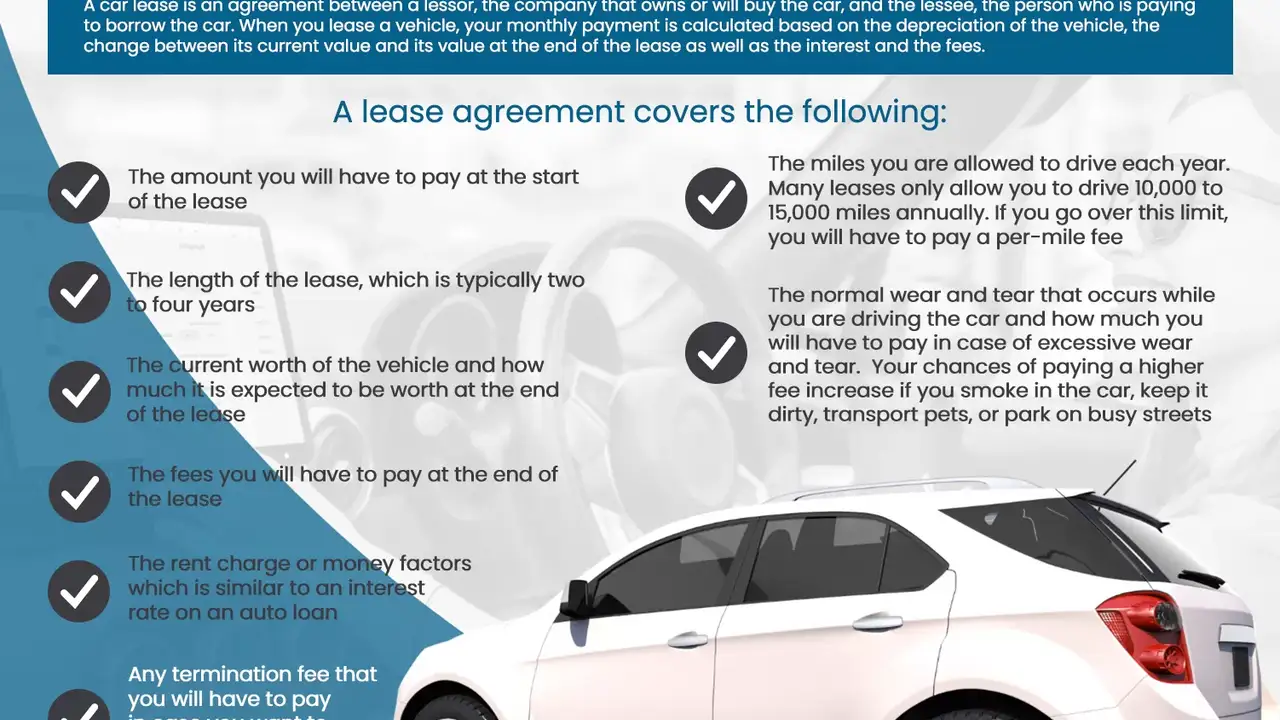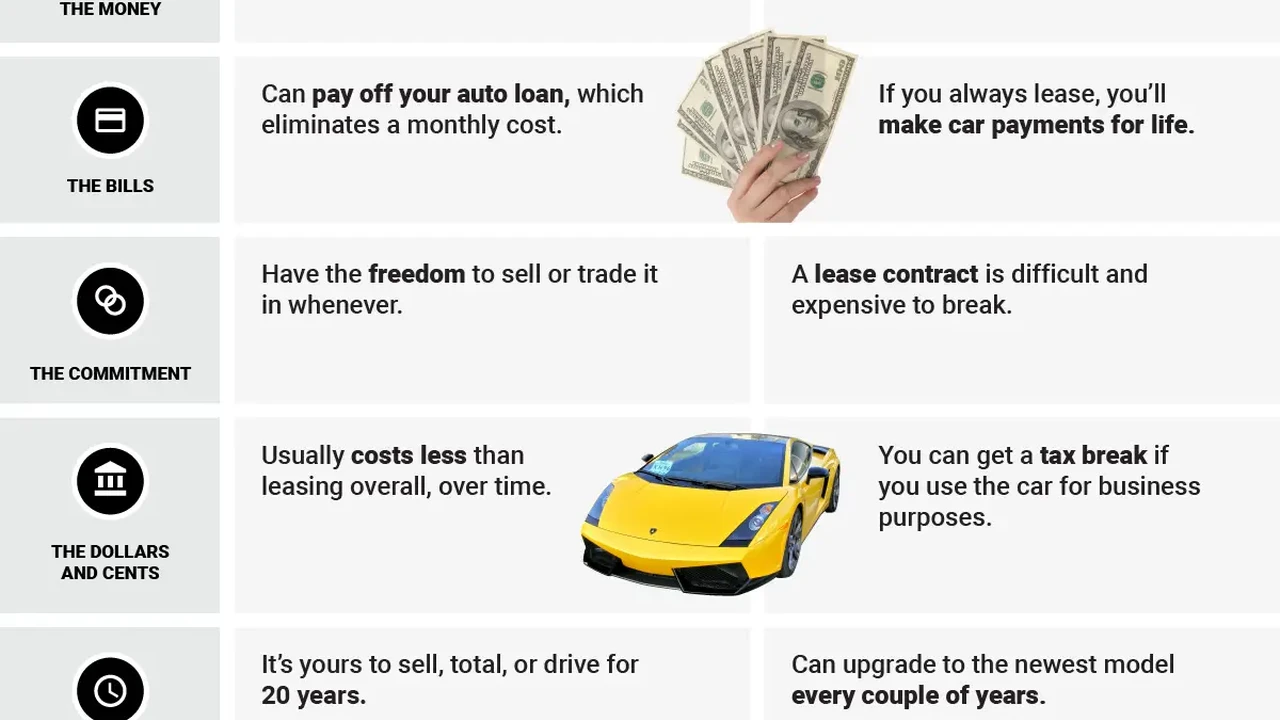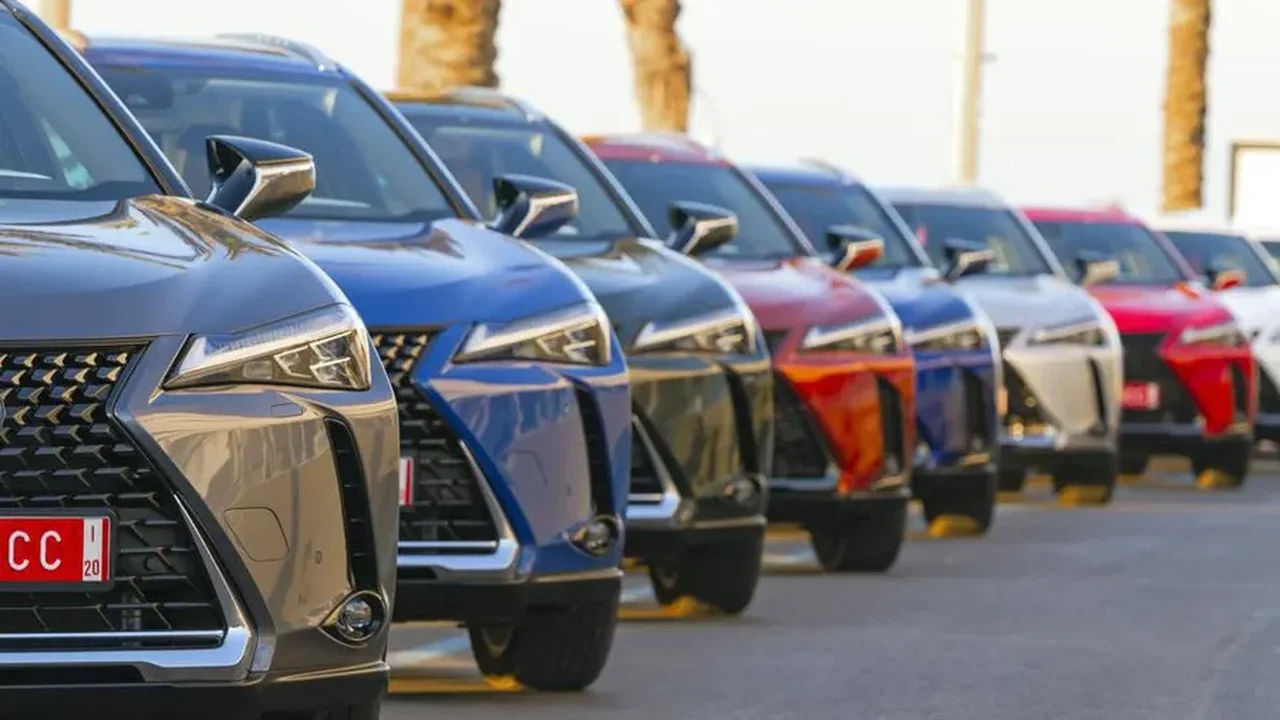Ride-Sharing Services vs. Car Ownership

Introduction Choosing Between Ride Sharing Services and Owning a Car
Okay, so you're thinking about getting around town, right? But the big question is: do you dive into the world of car ownership, with all the responsibilities and bills that come with it, or do you hop on the ride-sharing bandwagon? It's a tough one, and there's no single "right" answer. It really depends on your lifestyle, your budget, and your personal preferences. We're gonna break down the pros and cons of both options to help you make the best decision for *you*. Think of this as your friendly neighborhood guide to navigating the transportation jungle.
Cost Breakdown Comparing Ride Sharing Services Prices vs Car Ownership Expenses
Let's talk money. This is where things get real. Car ownership isn't just about the sticker price. Oh no, there's so much more to it! Think about:
- The Car Payment: Duh. But remember to factor in interest!
- Insurance: This can vary *wildly* depending on your age, driving record, and the car itself. Get quotes!
- Gas: Fuel prices are a rollercoaster. And if you're driving a gas guzzler... ouch.
- Maintenance: Oil changes, tire rotations, new tires, brake jobs... the list goes on. Cars need love (and money) to keep running.
- Repairs: Something *will* break eventually. Factor in a repair fund.
- Registration and Taxes: Uncle Sam always wants his cut.
- Parking: Especially if you live in a city, parking can be a HUGE expense.
- Depreciation: Your car loses value the second you drive it off the lot. Sad but true.
Now, let's look at ride-sharing. The beauty here is simplicity. You pay per ride. That's it! No insurance, no maintenance, no gas bills. But the cost can add up quickly if you're using ride-sharing services frequently. Consider these factors:
- Ride Distance: Longer rides = higher prices.
- Time of Day: Surge pricing is a thing. Be prepared to pay more during peak hours.
- Frequency of Use: A few rides a week might be cheaper than car ownership. Daily rides? Probably not.
- Subscription Services: Some ride-sharing companies offer subscription plans that can save you money if you're a frequent user.
To really figure out which is cheaper for *you*, track your spending for a month or two. See how much you're spending on ride-sharing (or estimate how much you *would* spend). Then, calculate the total cost of car ownership based on your specific situation. Spreadsheets are your friend!
Convenience and Accessibility Comparing Ride Sharing Services Availability vs Car Ownership Freedom
Okay, money aside, let's talk about convenience. Car ownership offers unparalleled freedom. You can go wherever you want, whenever you want, without having to wait for a ride or worry about availability. Road trip? No problem! Need to haul a bunch of stuff? Easy peasy. But that freedom comes with responsibilities. You have to park it, maintain it, and worry about it getting stolen or damaged.
Ride-sharing is all about convenience. Need a ride to the airport at 3 AM? Just tap a button. Don't want to deal with parking downtown? No problem! But you're relying on someone else's availability. During rush hour or special events, it can be tough to find a ride, and surge pricing can make it super expensive. Plus, you're sharing a car with strangers, which isn't always ideal.
Environmental Impact Evaluating Ride Sharing Services Sustainability vs Car Ownership Pollution
Let's be real, both car ownership and ride-sharing have an environmental impact. Cars produce emissions, and the more cars on the road, the more pollution. Ride-sharing can potentially reduce the number of cars on the road, especially if people are using it instead of owning a car. However, ride-sharing vehicles often drive around empty, waiting for passengers, which also contributes to emissions.
If you're concerned about the environment, consider these factors:
- Fuel Efficiency: Choose a fuel-efficient car if you're going to own one.
- Electric Vehicles (EVs): EVs produce zero tailpipe emissions. They're a great option if you're environmentally conscious.
- Ride-Sharing with EVs: Some ride-sharing companies are using EVs. Choose those options when possible.
- Public Transportation: Don't forget about buses, trains, and subways! They're often the most environmentally friendly option.
Specific Ride Sharing Services Examples Uber Lyft and Local Alternatives
Okay, let's dive into some specific ride-sharing services. You've probably heard of Uber and Lyft. They're the big players in the game, available in most major cities. But there are also plenty of local and niche ride-sharing services worth considering.
- Uber: Uber offers a variety of services, from basic UberX to luxury Uber Black. They also have Uber Pool (shared rides) which can be cheaper, but also slower. Uber is known for its wide availability and generally reliable service.
- Lyft: Lyft is similar to Uber, offering a range of ride options. Lyft is often perceived as being slightly more driver-friendly than Uber.
- Local Ride-Sharing Services: Do some research and see what's available in your area. Some cities have local ride-sharing companies that may offer better prices or more personalized service. For example, in some regions, you might find services focused on airport transportation or rides for seniors.
Car Ownership Options and Recommendations New vs Used Cars and Leasing
If you're leaning towards car ownership, you have a lot of choices to make. New car? Used car? Lease? Let's break it down:
- New Cars: The shiny new object! New cars come with a warranty and the latest technology. But they also depreciate the fastest.
- Used Cars: A more budget-friendly option. You can save a lot of money by buying a used car, but you need to do your research and get it inspected by a mechanic.
- Leasing: You're essentially renting the car for a set period of time. Leasing can be a good option if you want to drive a new car every few years and don't want to worry about maintenance or depreciation. But you don't own the car at the end of the lease.
Here are a few car recommendations, depending on your needs:
- For Fuel Efficiency: Toyota Prius (Hybrid), Honda Civic (Compact)
- For Reliability: Toyota Camry (Mid-Size), Honda Accord (Mid-Size)
- For Space: Honda CR-V (SUV), Toyota RAV4 (SUV)
- For Budget-Friendly: Kia Rio (Subcompact), Nissan Versa (Subcompact)
- For Electric Vehicle: Tesla Model 3 (Electric Sedan), Chevrolet Bolt (Electric Hatchback)
Remember to compare prices, read reviews, and test drive different cars before making a decision.
Comparing Specific Car Models and Ride Sharing Services in Different Scenarios
Let's get specific. Imagine you live in a city and need to get to work five days a week. Let's compare using ride-sharing services versus owning a car, like a Honda Civic, in this scenario.
Ride-Sharing Scenario (UberX/Lyft):
- Average Ride Cost (One Way): $15 (estimate, varies by city and time)
- Daily Cost (Round Trip): $30
- Weekly Cost: $150
- Monthly Cost: $600
Honda Civic Ownership Scenario (Assuming a Used Civic):
- Car Payment (Used, Estimate): $300/month
- Insurance: $100/month
- Gas (Based on average commute): $80/month
- Maintenance (Estimate): $50/month
- Total Monthly Cost: $530
In this scenario, owning the Honda Civic is *slightly* cheaper than using ride-sharing services. However, this doesn't factor in parking costs, which can significantly increase the cost of car ownership in a city. Also, ride-sharing offers the advantage of not having to worry about maintenance or repairs.
Now, let's imagine a different scenario: you live in a rural area and only need a car for occasional trips to the grocery store and doctor's appointments.
In this case, ride-sharing might not even be a viable option, as availability could be limited. Car ownership would likely be the only practical choice.
Ride Sharing Services Pricing Models and Subscription Options Understanding the Costs
Ride-sharing pricing can be a bit of a mystery. Here's a breakdown of how it works:
- Base Fare: A fixed amount you pay for every ride.
- Per-Mile Charge: You pay a certain amount for each mile you travel.
- Per-Minute Charge: You also pay for the time you spend in the car.
- Surge Pricing: When demand is high, prices increase. This is usually indicated by a multiplier (e.g., 2x surge).
- Tolls and Fees: You'll be charged for any tolls incurred during the ride, as well as any applicable fees.
Some ride-sharing companies offer subscription services that can save you money if you're a frequent user. These subscriptions typically offer:
- Discounts on Rides: You might get a percentage discount on every ride.
- Fixed Monthly Price: You pay a set amount each month for a certain number of rides.
- Priority Pickup: You might get faster pickup times.
Carefully evaluate your ride-sharing habits to determine if a subscription is worth it for you.
Car Ownership Financing Options Loans vs Cash and Long Term Costs
If you're buying a car, you'll likely need to finance it. Here are your main options:
- Car Loan: You borrow money from a bank or credit union to buy the car. You'll repay the loan with interest over a set period of time.
- Cash: If you have the cash, you can avoid interest payments altogether.
When comparing loan options, pay attention to:
- Interest Rate: The lower the interest rate, the less you'll pay in the long run.
- Loan Term: A longer loan term means lower monthly payments, but you'll pay more interest overall.
- Fees: Some lenders charge origination fees or other fees.
Don't forget about the long-term costs of car ownership, including:
- Depreciation: Your car will lose value over time.
- Maintenance and Repairs: These costs can add up significantly over the years.
- Resale Value: Consider the resale value of the car when you're making your purchase decision.
Insurance Considerations for Car Ownership and Ride Sharing Services
Insurance is a crucial aspect of both car ownership and ride-sharing. If you own a car, you're required to have car insurance. If you're a ride-sharing driver, you also need to have specific insurance coverage.
Car Ownership Insurance:
- Liability Coverage: This covers damages you cause to other people or property in an accident.
- Collision Coverage: This covers damages to your car in an accident, regardless of who is at fault.
- Comprehensive Coverage: This covers damages to your car from things like theft, vandalism, or natural disasters.
- Uninsured/Underinsured Motorist Coverage: This protects you if you're hit by someone who doesn't have insurance or doesn't have enough insurance.
Ride-Sharing Insurance:
- Ride-sharing companies typically provide insurance coverage for drivers while they're actively transporting passengers.
- However, there can be gaps in coverage when the driver is logged into the app but not actively transporting passengers.
- Drivers may need to purchase supplemental insurance to cover these gaps.
Make sure you understand the insurance requirements for both car ownership and ride-sharing before making a decision.
The Future of Transportation Autonomous Vehicles and Their Impact on Ride Sharing Services and Car Ownership
The future of transportation is looking pretty wild, with autonomous vehicles (self-driving cars) on the horizon. How will these affect ride-sharing and car ownership?
Impact on Ride-Sharing:
- Autonomous vehicles could make ride-sharing even cheaper and more convenient.
- You wouldn't have to worry about surge pricing or driver availability.
- Ride-sharing companies could operate fleets of autonomous vehicles, reducing their labor costs.
Impact on Car Ownership:
- Autonomous vehicles could make car ownership less appealing.
- Why own a car when you can simply summon a self-driving car whenever you need one?
- Car ownership could become more of a luxury item.
The widespread adoption of autonomous vehicles is still a ways off, but it's definitely something to consider when thinking about the future of transportation.
Maintenance and Repair Considerations for Car Ownership Regular Upkeep vs Unexpected Problems
Let's face it, cars require maintenance. Regular maintenance helps prevent bigger problems down the road. Here's a rundown:
- Oil Changes: Typically needed every 3,000-7,500 miles (check your owner's manual).
- Tire Rotations: Helps your tires wear evenly.
- Brake Inspections: Brakes are crucial for safety, so keep them in good condition.
- Fluid Checks: Check and top off fluids like coolant, brake fluid, and power steering fluid.
- Tune-Ups: Includes replacing spark plugs, air filters, and fuel filters.
Even with regular maintenance, unexpected repairs can happen. Be prepared for things like:
- Battery Replacement: Batteries typically last 3-5 years.
- Alternator Failure: This can leave you stranded.
- Transmission Problems: These can be expensive to fix.
- Engine Issues: Major engine repairs can cost thousands of dollars.
Having a repair fund can help you cover these unexpected costs.
Parking Availability and Costs Comparing Ride Sharing Services Drop Off vs Car Ownership Parking Fees
Parking can be a major headache, especially in cities. Ride-sharing services offer the advantage of not having to worry about parking. You can simply get dropped off at your destination and walk away.
Car ownership, on the other hand, requires you to find and pay for parking. Parking costs can vary widely depending on the location:
- Street Parking: Can be cheap or free, but often limited and hard to find.
- Parking Garages: More expensive, but usually more readily available.
- Residential Parking Permits: Allow you to park on residential streets in your neighborhood.
If you live in a city with high parking costs, ride-sharing can be a more cost-effective option.
Depreciation and Resale Value Understanding the Financial Implications of Car Ownership
Depreciation is the loss of value of your car over time. Cars typically depreciate the most in the first few years of ownership. This is something to keep in mind if you plan to sell your car in the future.
Factors that affect depreciation:
- Make and Model: Some cars hold their value better than others.
- Mileage: Higher mileage means lower resale value.
- Condition: A well-maintained car will have a higher resale value.
- Market Demand: If there's high demand for your car, you'll be able to sell it for more.
When buying a car, consider its potential resale value. Some cars are known for holding their value well, which can save you money in the long run.
Lifestyle Considerations Choosing the Right Option for Your Needs
Ultimately, the best choice between ride-sharing and car ownership depends on your lifestyle. Ask yourself these questions:
- How often do you need a car?
- Where do you live?
- What's your budget?
- What are your priorities?
If you only need a car occasionally and live in a city with good ride-sharing availability, ride-sharing might be the best option. If you need a car frequently and live in a rural area, car ownership might be a better fit.
Consider all the factors we've discussed and make the decision that's right for *you*.
:max_bytes(150000):strip_icc()/277019-baked-pork-chops-with-cream-of-mushroom-soup-DDMFS-beauty-4x3-BG-7505-5762b731cf30447d9cbbbbbf387beafa.jpg)





